Looking to choose the right signal provider for your trading needs? Here are essential tips and strategies to get the trading signals that you need.

In the fast-paced and dynamic world of trading, signal providers play a crucial role in assisting traders with their investment decisions. They offer valuable insights, analysis, and recommendations that can potentially enhance trading outcomes and profitability.
However, with the vast array of signal providers available, selecting the right one for your specific needs can be a daunting task. To help you navigate this process with confidence and maximize your trading success, here is a list to consider:
- Consistent trading performance
- Max. drawdown
- Trading style
- Amount of followers
- The follower's capital
- AUM (Assets Under Management)
- The rising Growth
- Recovery from losses
- Performance decline
- Monthly performance report
- Communication flow
- The use of martingale
How each aspect above determines the way you choose the right signal provider? Let's find out below.
Consistent Trading Performance
Consistent trading performance is a crucial factor to consider when choosing the right signal provider. It reflects their ability to deliver reliable and profitable trading signals over an extended period. To assess consistency, it's essential to analyze the provider's historical data, preferably spanning at least six months or longer.
By examining a signal provider's performance over an extended period, you gain valuable insights into their ability to generate positive returns consistently. Look for providers who have maintained a steady and upward trajectory in their performance, rather than those with sporadic or volatile results.
When analyzing historical data, focus on key performance metrics such as:
- Win rate
- Average profit per trade
- Overall profitability
A high win rate indicates a higher likelihood of successful trades, while a solid average profit per trade suggests the potential for consistent returns. Consistency in profitability is crucial to ensure a stable and sustainable trading strategy.
Moreover, consider the provider's performance during different market conditions. A signal provider's ability to adapt and generate profits across various market trends (e.g., bull, bear, or ranging markets) is a strong indicator of their robustness and effectiveness. Evaluate how the provider's signals have performed during both favorable and challenging market scenarios.
It's worth noting that consistency doesn't imply a 100% win rate or a complete absence of losses. Even the most successful signal providers may encounter losing trades or drawdowns. However, the key is to assess whether the provider can recover from such setbacks and maintain a consistent overall positive performance.
See Also:
Max. Drawdown 20%
When assessing signal providers, evaluating the maximum drawdown is an essential aspect of risk management. The maximum drawdown refers to the largest percentage decline in the provider's trading account from its peak value to the subsequent lowest point.
A maximum drawdown of 20% or lower is generally considered acceptable and indicative of a signal provider who can effectively manage risk and limit losses. This threshold ensures that the provider has implemented risk management strategies that aim to preserve capital and protect against substantial downturns in the market.
A drawdown exceeding 20% may suggest higher risk and volatility in the provider's trading approach. While larger drawdowns are not necessarily a sign of incompetence, they do warrant closer scrutiny. It is crucial to consider the context in which these drawdowns occur, such as the trading strategy employed, the market conditions, and the duration of the drawdown period.
Analyzing the provider's historical data and drawdowns over an extended period allows you to gauge their resilience and recovery capabilities. Consider the frequency and duration of drawdowns, as well as the subsequent recovery periods. A provider who consistently experiences extended drawdowns or struggles to recover from them may pose higher risks to your investment capital.
Keep in mind that different trading strategies and market conditions may inherently carry different levels of drawdown risk.
Strategies that aim for higher returns may have a higher tolerance for drawdowns.
It's essential to align your risk appetite and investment goals with the signal provider's drawdown characteristics.
See Also:
Suitable Trading Style
When selecting a signal provider, it's crucial to consider their trading style and determine if it suits your trading preferences. Each signal provider may have a distinct approach to the market, which can greatly impact the compatibility and effectiveness of their signals for your trading strategy.
There are various trading styles adopted by signal providers, including day trading, swing trading, and long-term investing. Understanding these styles and their implications will help you make an informed decision.
To determine if a signal provider's trading style is suitable for you, consider the following factors:
- Time Commitment: Assess the time you can dedicate to trading. If you have limited availability and prefer a more hands-off approach, a signal provider specializing in swing trading or long-term investing may be more compatible. On the other hand, if you can actively monitor the markets throughout the day, a day trading-oriented provider may be a better fit.
- Risk Tolerance: Evaluate your risk tolerance and preferred level of risk exposure. Day trading often involves higher frequency trades and may carry higher levels of risk compared to swing trading or long-term investing. Choose a signal provider whose trading style aligns with your risk tolerance and ensures a comfortable trading experience.
- Trading Goals: Clarify your trading goals, whether they are focused on generating quick profits, capital appreciation over time, or a combination of both. A day trading-oriented signal provider may be suitable for short-term profit objectives, while a long-term investing approach aligns with goals of capital growth and wealth accumulation.
Check the Followers
It's important to assess the number of followers as it can provide insights into their trustworthiness and credibility within the trading community. A signal provider with a substantial number of followers suggests that their signals have resonated with a considerable portion of the trading community, implying that their trading strategies and recommendations have gained recognition and trust among traders.
Providers with a large following often attract attention due to their track record, consistency, or unique approach to the market. For example, in the TradingView community, around 5,000 followers are typically considered a significant following, while in the Forex Factory forums, a number above 200 followers is often seen as notable.
However, it's crucial to note that while a larger number of followers can be an indicator of popularity, it should not be the sole criterion for selecting a signal provider. It is important to delve deeper into the provider's overall credibility and performance rather than relying solely on the number of followers as a measure of their proficiency.
Check the Follower's Capital
Evaluating the followers' capital provides valuable insights into the level of trust and confidence traders have in the provider's ability to generate profits.
A signal provider with a substantial amount of followers' capital invested in their signals suggests that traders believe in the provider's strategies and their potential for success. It demonstrates that followers are willing to commit their funds based on the provider's track record, performance, and overall reputation.
Traders are more likely to invest significant capital with a provider they trust and have confidence in, as they believe it will lead to profitable outcomes. In addition, providers who have garnered substantial followers' capital have likely demonstrated consistent performance and a proven ability to deliver satisfactory results over time. For instance, having a total follower's capital exceeding $30,000 is quite noteworthy.
Big AUM (Assets Under Management)
The AUM represents the total value of funds or assets being managed by the provider. While a big AUM can imply expertise, resources, and the ability to attract a significant number of followers, it's crucial to strike a balance that aligns with your needs and ensures adequate support.
Providers with a substantial AUM may indicate that they have earned the trust of many traders and have successfully attracted a significant amount of capital. For instance, a significant AUM threshold could be above $10,000. This can be seen as a positive sign, as it suggests that other traders have confidence in the provider's abilities and strategies.
A larger AUM can also indicate that the provider has the necessary resources to support their operations, such as advanced technology, research tools, and a dedicated team of analysts and traders. It may suggest that they have established themselves as a reputable entity within the trading community.
It is important to differentiate between AUM and capital followers, as AUM refers to the provider's own funds, while capital followers represent the money contributed by the followers.
See Also:
Rising Growth
Providers that exhibit an upward trend in their performance metrics indicate their ability to adapt to changing market conditions and consistently generate positive results for their followers. This rising growth is often reflected in various performance indicators and can be visually represented by an uptrend graph.
The expected graph of a signal provider exhibiting rising growth would typically showcase a gradual, upward slope over a significant period. This indicates a consistent and progressive increase in the provider's performance metrics, such as the number of successful trades, average return on investment (ROI), or the total AUM.
In the initial stages, the graph may display modest growth as the provider establishes their track record and gains credibility within the trading community. As their performance proves to be reliable and their signals generate positive outcomes, more traders become attracted to their services. This influx of new followers and increased capital investment can result in accelerated growth and an upward trajectory on the graph.
Here are 3 examples of rising growth from trading performance in various platforms.
Strategy: breakout and trend-following during a 3-month period (Myfxbook)
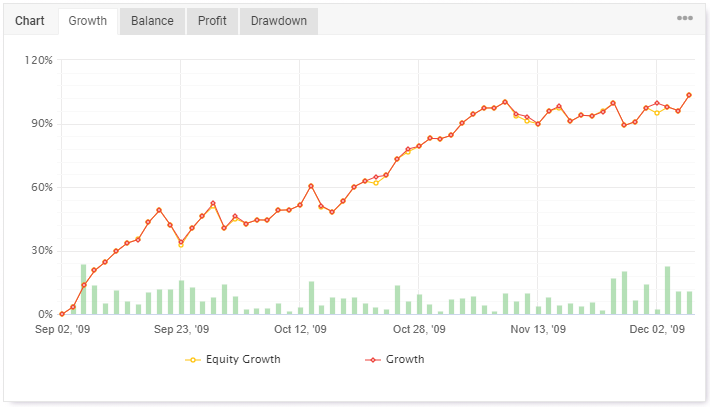
Strategy: trend-pullback during an 18-month period (FXBlue)
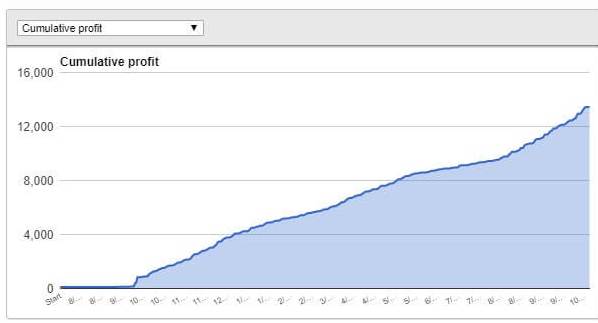
Strategy: scalping-counter trend during an-18 month period (MT4)
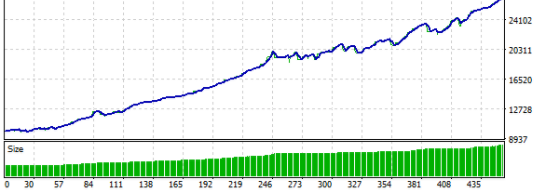
Recovery Ability
Assess the signal provider's recovery ability. Trading involves periods of ups and downs, and a reliable signal provider should demonstrate the capability to recover from losses and adapt to market changes. Analyze their historical performance during challenging market conditions and assess their resilience in recovering from drawdowns. A provider with strong recovery ability indicates their ability to adapt and maintain profitability in various market scenarios.
Remember, recovery ability is not solely about avoiding losses but also about adapting and returning to profitable performance. A signal provider with a strong recovery ability is better equipped to weather market fluctuations and maintain profitability over the long term.
It's important to note that no signal provider can guarantee continuous profits or eliminate the possibility of losses. Even the most successful traders experience occasional setbacks.
Declining Performance
Providers that consistently underperform or exhibit a declining trend in their results may not be suitable for long-term success. It is crucial to assess their performance and avoid providers that have demonstrated prolonged periods of decline.
Analyze the provider's historical performance records over a significant period, preferably at least 6 months or longer. Look for consistency in their results and assess whether they have consistently delivered positive returns. Pay close attention to any significant declines or periods of underperformance, especially in recent months.
Avoid providers that have experienced frequent and prolonged periods of decline, as this can be an indication of potential unreliability or an inability to adapt to changing market conditions.
Example of declining performance (MT4)

Check The Monthly Performance Report
In checking the monthly performance report, consider the following aspects:
- Historical Trades: Analyze their past trades, ideally spanning at least 6 months or longer.
- Trade Frequency and Asset Types: Review the frequency of trades and the range of assets they trade, such as stocks, currencies, or commodities.
- Diverse Portfolio: Look for a diverse portfolio of trades that showcases the provider's expertise and adaptability across different markets.
- Consistency of Performance: Assess the provider's ability to generate consistent profits over time.
- Performance Alignment: Ensure that the provider's performance aligns with your trading goals and expectations.
- Win Rates and Average Profit: Consider the provider's win rates and average profit per trade.
- Risk Management: Evaluate how the provider manages risk and if their risk management strategy aligns with your risk tolerance.
- Drawdowns: Assess the magnitude and frequency of drawdowns experienced by the provider.
By conducting a thorough review of these factors and examining the provider's monthly performance reports, you can gain a comprehensive understanding of their abilities and determine if they are suitable for your trading needs.
Communication And Support
Consider the level of communication and support provided by the signal provider. A reliable provider should have clear and effective communication channels to ensure the timely delivery of signals and explanations behind trade recommendations.
Look for providers who offer multiple communication methods such as email, chat groups, or dedicated platforms. Responsive and supportive communication enhances your trading experience and enables you to make informed decisions.
By considering the level of communication and support offered by a signal provider, you can ensure a positive trading experience. Active and effective communication channels, timely signal delivery, clear explanations, availability and responsiveness, educational resources, community engagement, and transparency are all factors that contribute to a reliable and supportive trading environment.
See Also:
Watch Out For Martingale Users
Avoiding Martingale-type signal providers is crucial to protect your capital and avoid unnecessary risks in your trading journey. Martingale's strategies involve increasing trade size after a loss with the assumption that they would eventually win and recover previous losses. However, these strategies can be highly risky and may lead to substantial losses if not managed properly.
Here are the reasons why you should steer clear of Martingale's strategies:
- High Risk: Martingale strategies are known for their high-risk nature. While it may seem appealing in theory, it exposes you to the possibility of large drawdowns and substantial losses. A series of consecutive losses can quickly deplete your trading account, making it difficult to recover.
- Lack of Risk Management: Martingale strategies often neglect proper risk management techniques. Instead of limiting potential losses and preserving capital, they rely on the assumption that future trades will be profitable enough to recover losses. This approach ignores the inherent volatility and unpredictability of financial markets.
- Limited Account Size: Martingale strategies work under the assumption that traders have unlimited funds to support increasing trade sizes. In reality, most traders have limited account sizes, and increasing trade sizes exponentially after each loss is simply not sustainable. Martingale strategies can quickly exhaust your trading capital, leaving you with limited resources to continue trading effectively.
- Psychological Pressure: Trading with Martingale strategies can put significant psychological pressure on traders. As losses accumulate, the temptation to increase trade sizes in an attempt to recover can lead to impulsive and emotionally-driven trading decisions. This can further exacerbate losses and hinder rational decision-making, leading to a downward spiral of poor trading outcomes.
- Market Limitations: Martingale's strategies assume that the market will eventually reverse in favor of the trader, allowing them to recoup losses. However, markets can exhibit prolonged trends or unexpected price movements that can defy such assumptions. Without a solid understanding of market dynamics and a flexible trading approach, Martingale's strategies may prove ineffective and result in significant losses.
- Lack of Consistency: Martingale's strategies do not guarantee consistent profitability over the long term. While they may generate occasional profits during favorable market conditions, a string of losses can wipe out all gains and more. Consistency is a vital key in trading, and relying on an inherently risky strategy like Martingale's can hinder your ability to achieve stable and sustainable returns.
Instead of relying on Martingale strategies, it is advisable to seek signal providers that prioritize proper risk management techniques. Look for providers who employ strategies that aim to limit losses, preserve capital, and focus on consistent profitability. This includes utilizing stop-loss orders, implementing proper position sizing techniques, and adhering to risk-reward ratios that align with your risk tolerance.
Final Words
By considering these additional tips, you can further refine your selection process for the right signal provider. Remember to evaluate their rising growth, recovery ability, and consistent performance while avoiding providers with a decline in performance. Analyzing detailed performance and considering communication and support channels will help ensure a positive trading experience.
Lastly, stay away from signal providers employing high-risk strategies like Martingale. By incorporating these factors into your decision-making, you increase the likelihood of choosing a reliable and effective signal provider to support your trading journey.

 Dedicated FREE FOREX VPS
Dedicated FREE FOREX VPS Free FOREX Virtual Private Server
Free FOREX Virtual Private Server MT4 Demo Contest, Get $500
MT4 Demo Contest, Get $500 Sign Up for an Account, Claim 60% Deposit Bonus
Sign Up for an Account, Claim 60% Deposit Bonus Free MT4/MT5 VPS 2024
Free MT4/MT5 VPS 2024 Send E-mail and Get Free Merchandise
Send E-mail and Get Free Merchandise $1K Refer a Friend Bonus for Pepperstone Pro clients
$1K Refer a Friend Bonus for Pepperstone Pro clients Maximize Your Earnings with 100% Deposit bonus
Maximize Your Earnings with 100% Deposit bonus Trade to Win, $5,000 Monthly Demo Contest
Trade to Win, $5,000 Monthly Demo Contest Claim 30% + 15% Deposit Bonus from LiteFinance
Claim 30% + 15% Deposit Bonus from LiteFinance

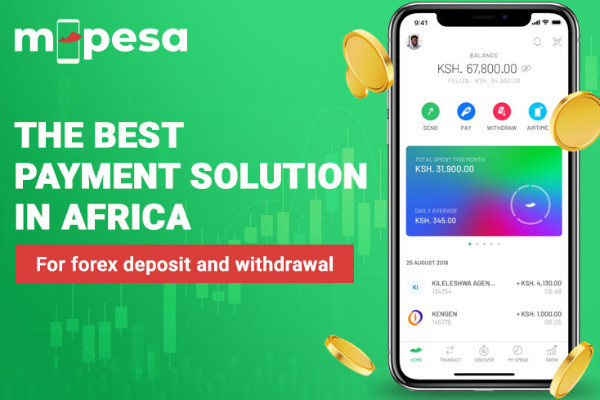


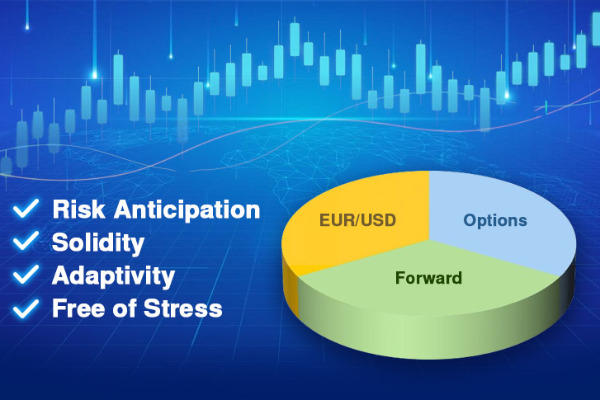
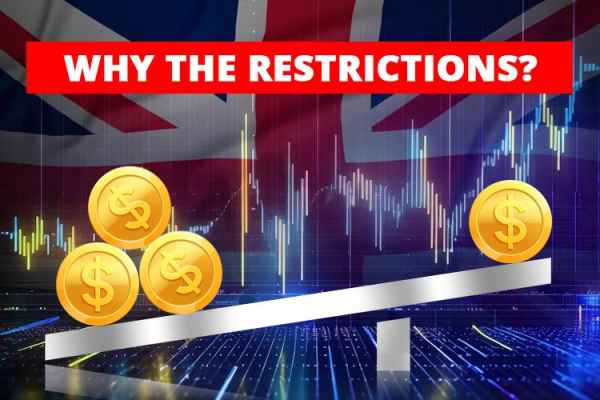
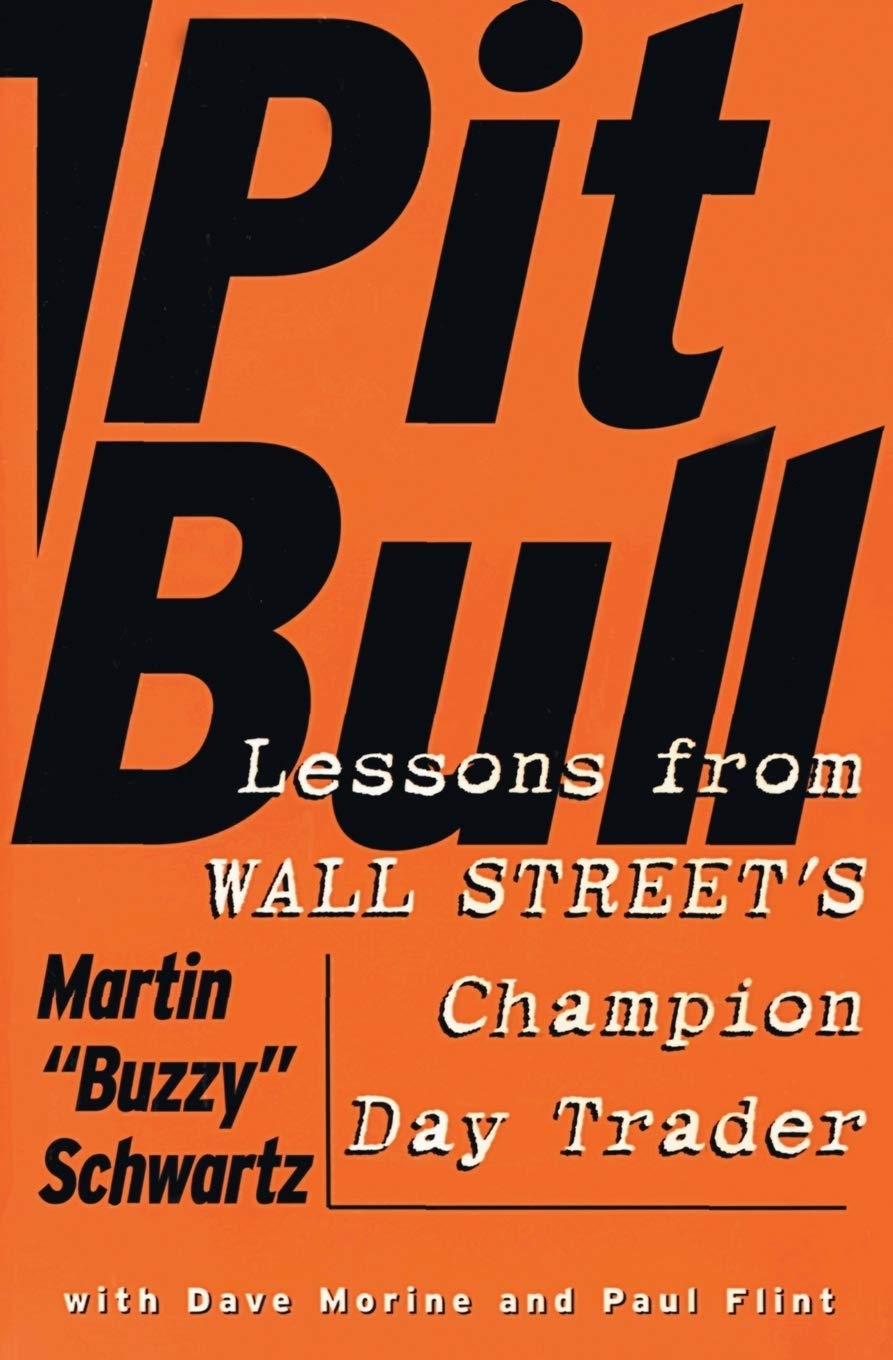
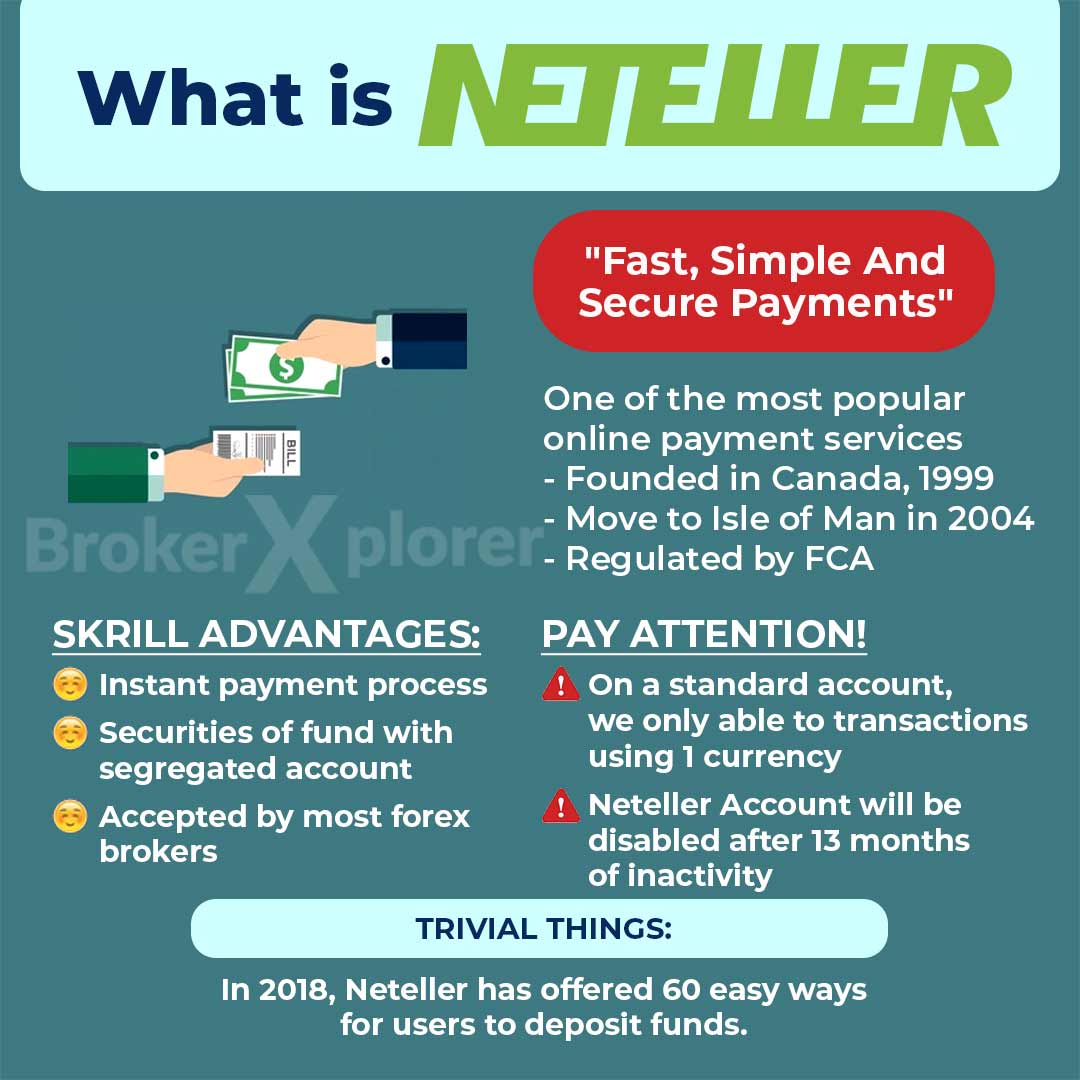

10 Comments
Brian
Jun 15 2023
How important is it for a signal provider to offer a free trial or demo period before committing to their services?
David Tristan
Jun 15 2023
The availability of a free trial or demo period offered by a signal provider can be an important factor in evaluating their services before committing to a subscription or payment plan.
Kiara
Jun 15 2023
How to verify the historical performance of a signal provider and ensure it is accurate and trustworthy?
Danny
Jun 15 2023
Verifying the historical performance of a signal provider is an important step to ensure accuracy and trustworthiness before relying on their signals. Here are some steps you can take to evaluate and verify their performance:
Christoper J
Jun 16 2023
Should I prioritize signal providers who offer a variety of trading instruments or focus on specific markets?
Gary
Jun 16 2023
The choice between signal providers offering a variety of trading instruments or focusing on specific markets depends on factors such as your trading strategy, expertise, risk management approach, and personal preference. Evaluate these factors in light of your goals and trading style to determine which type of signal provider aligns best with your requirements.
Dan
Jun 16 2023
If I don't trust enough the signal provider, how do I backtest the signal?
David Tristan
Jun 16 2023
If you don't trust a signal provider enough to rely solely on their signals, you can conduct your own backtesting to validate the accuracy and effectiveness of their signals. Backtesting involves applying the signal provider's historical signals to past market data to simulate trading outcomes. Here's a detailed guide on how to backtest signals:
Elizabeth
Jun 17 2023
How can I determine if a signal provider's trading signals are suitable for different account sizes (small, medium, and large)?
George
Jun 17 2023
Determining if a signal provider's trading signals are suitable for different account sizes (small, medium, large) requires considering various factors related to position sizing, risk management, and scalability. Here's how you can assess the suitability of trading signals for different account sizes: